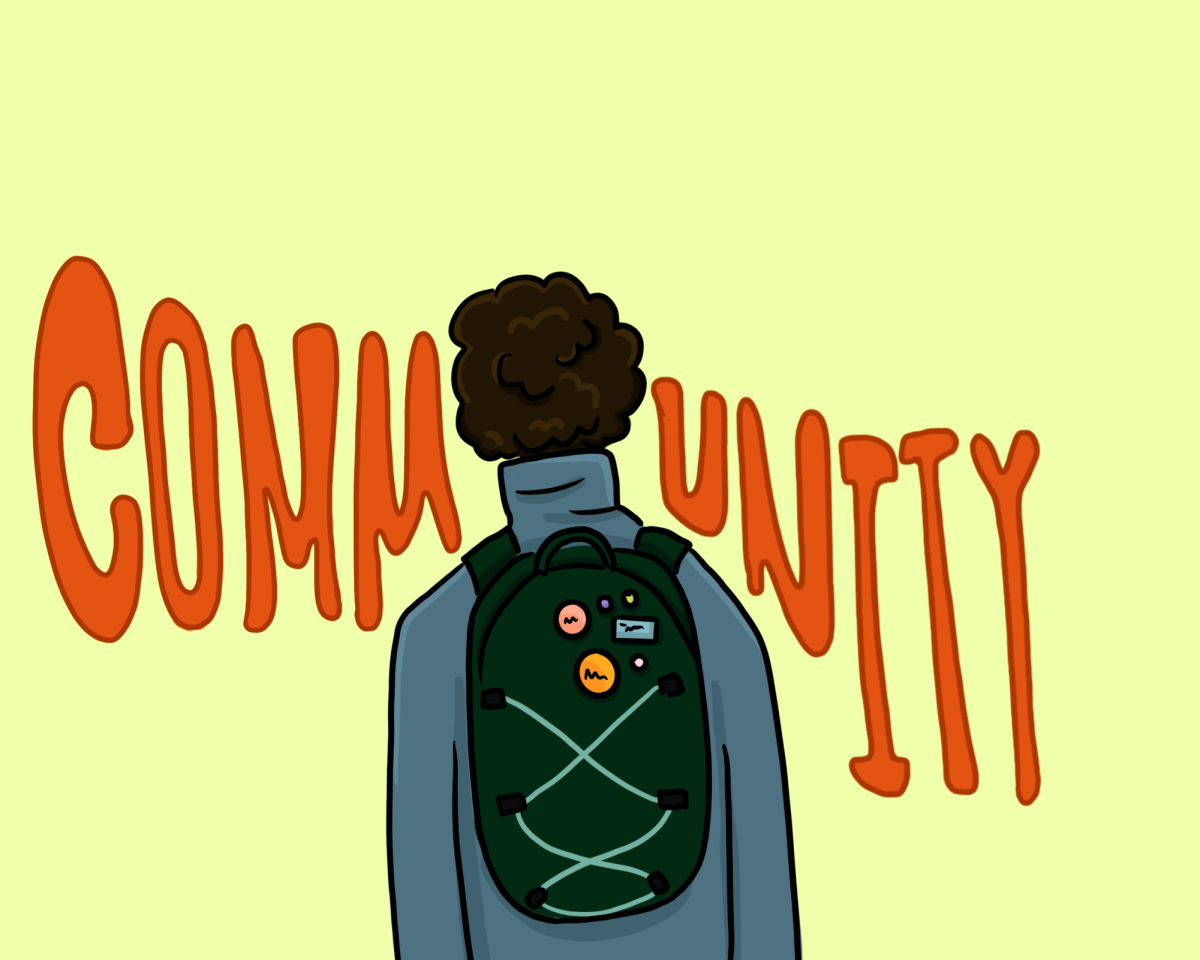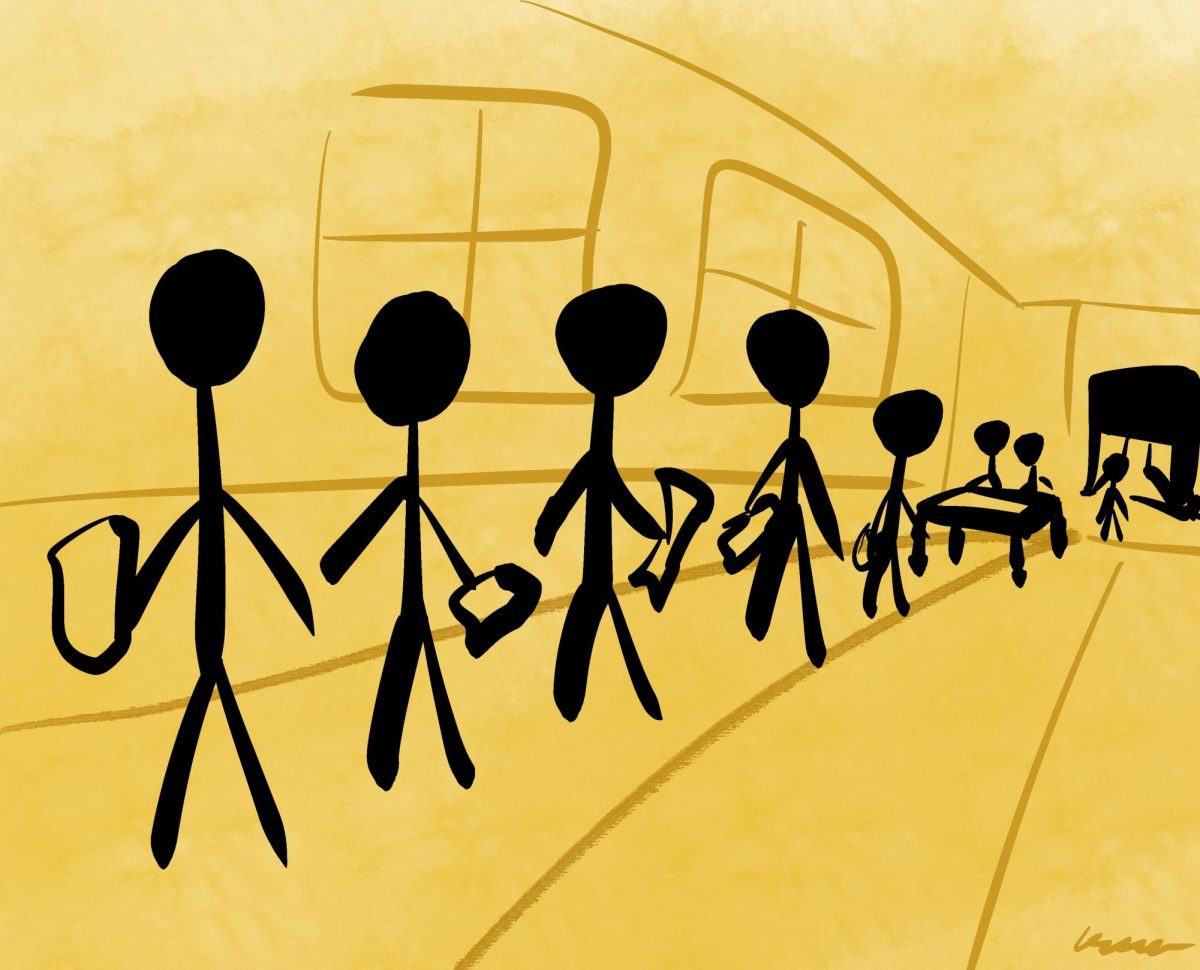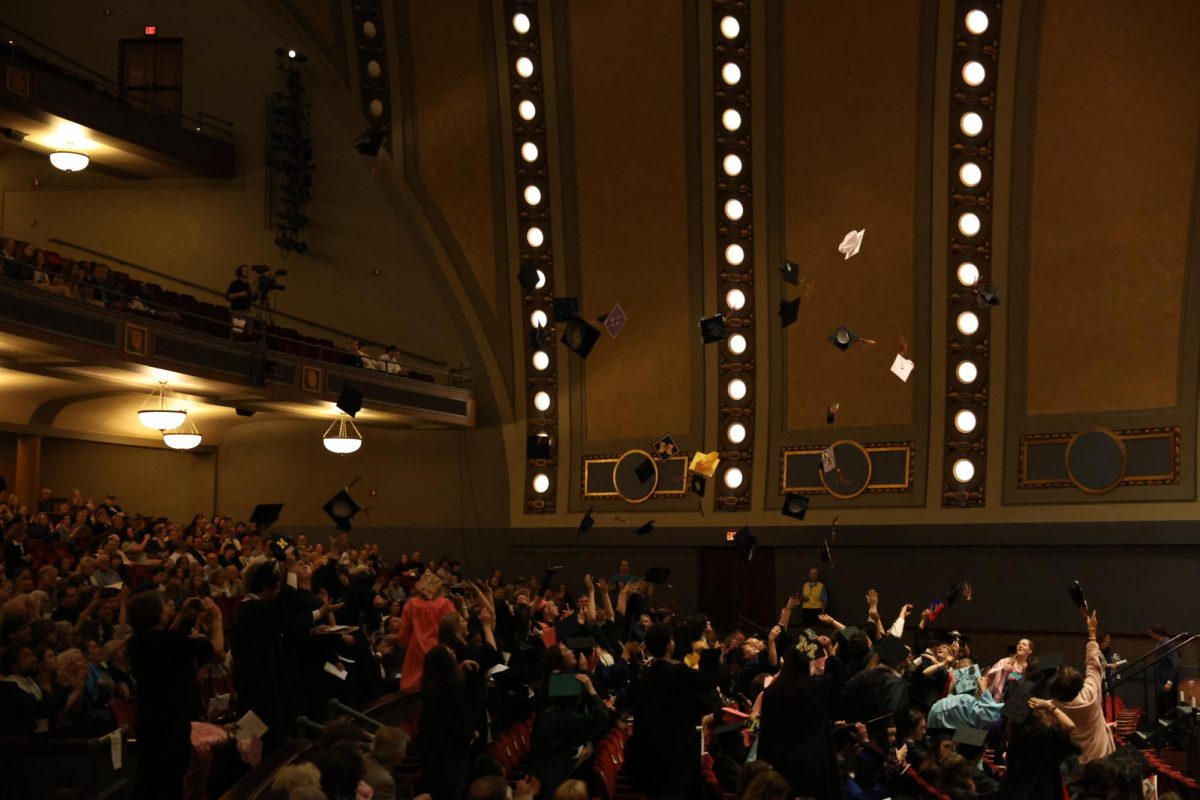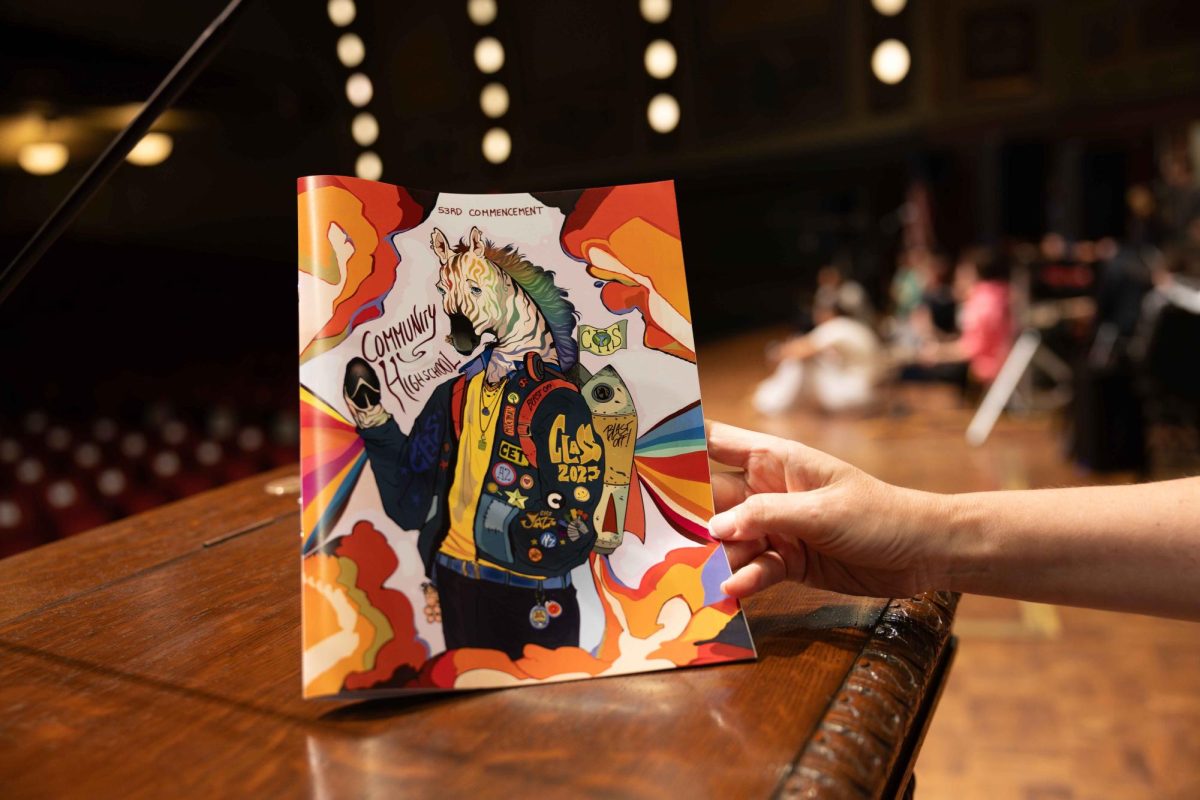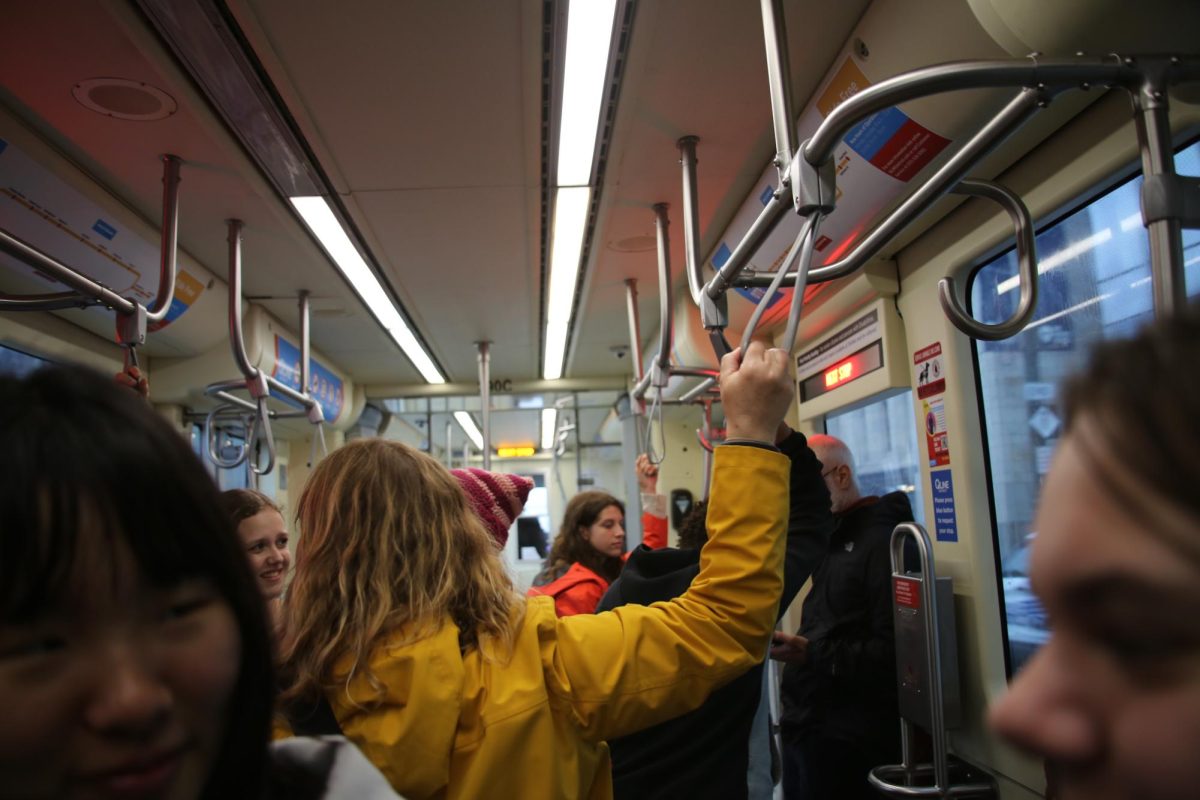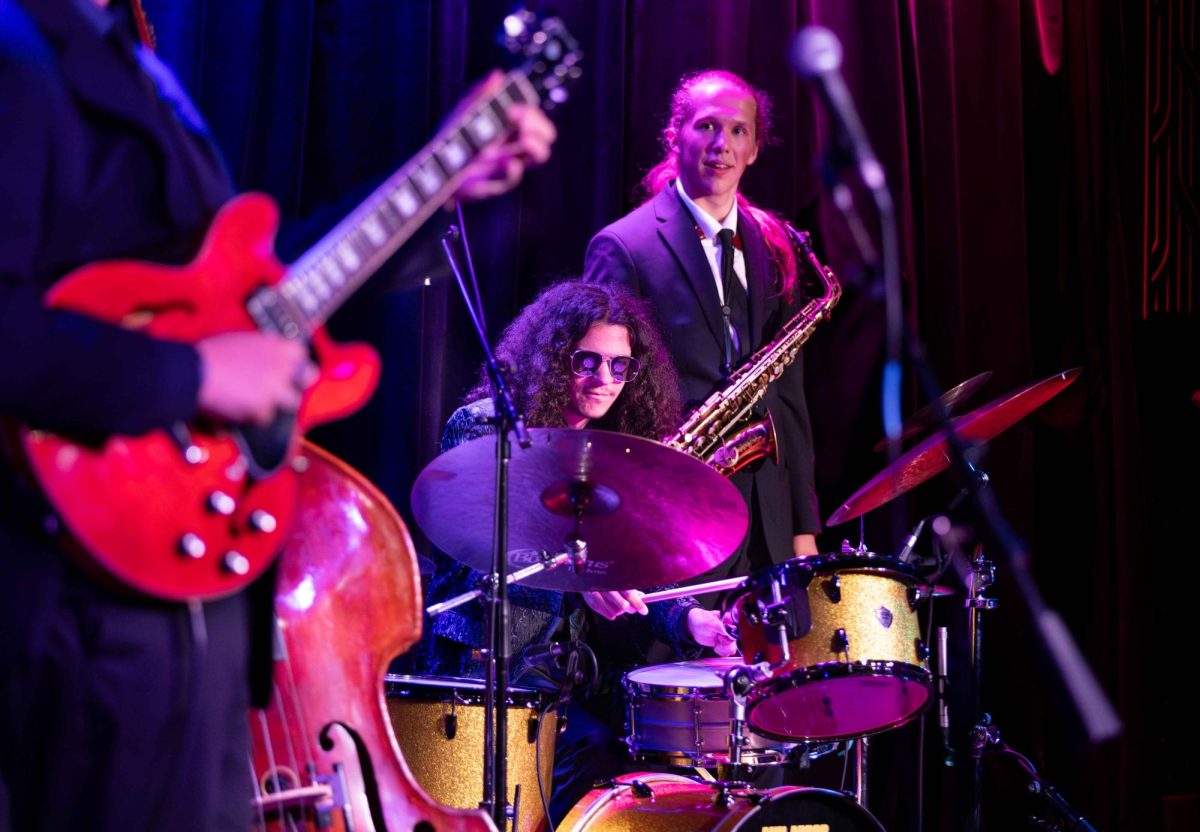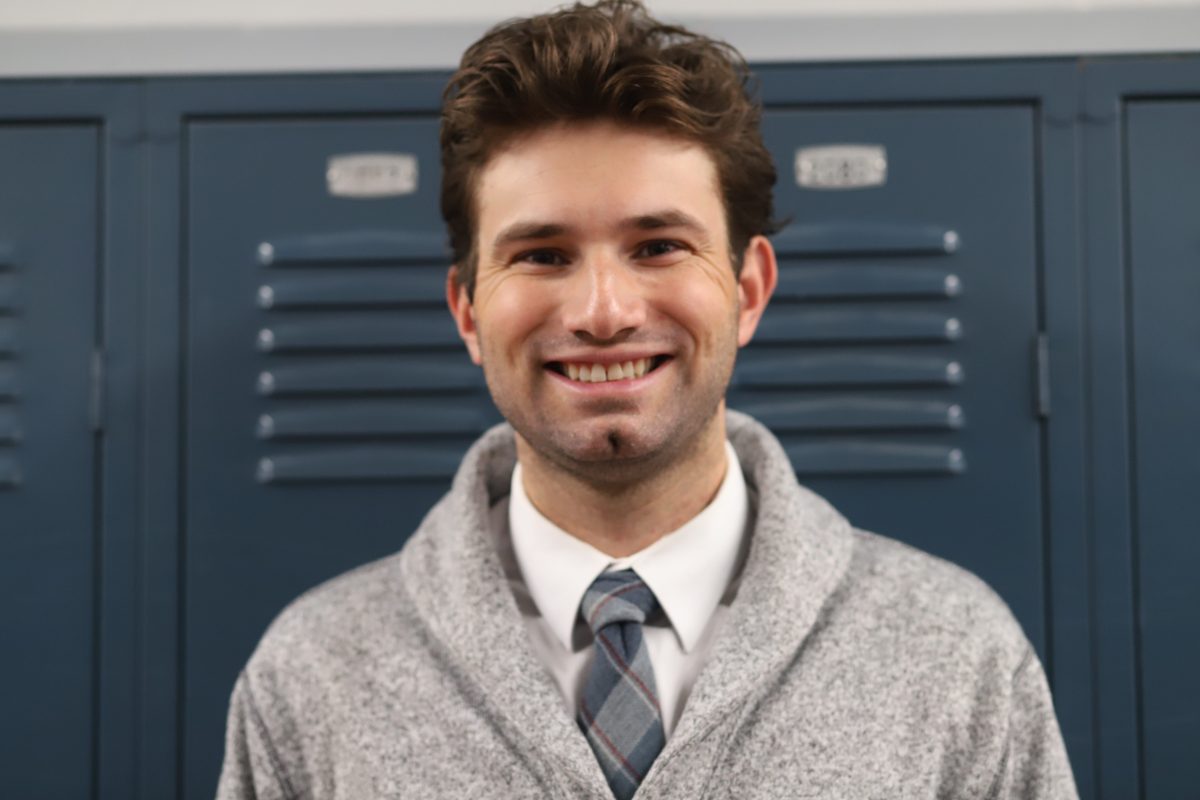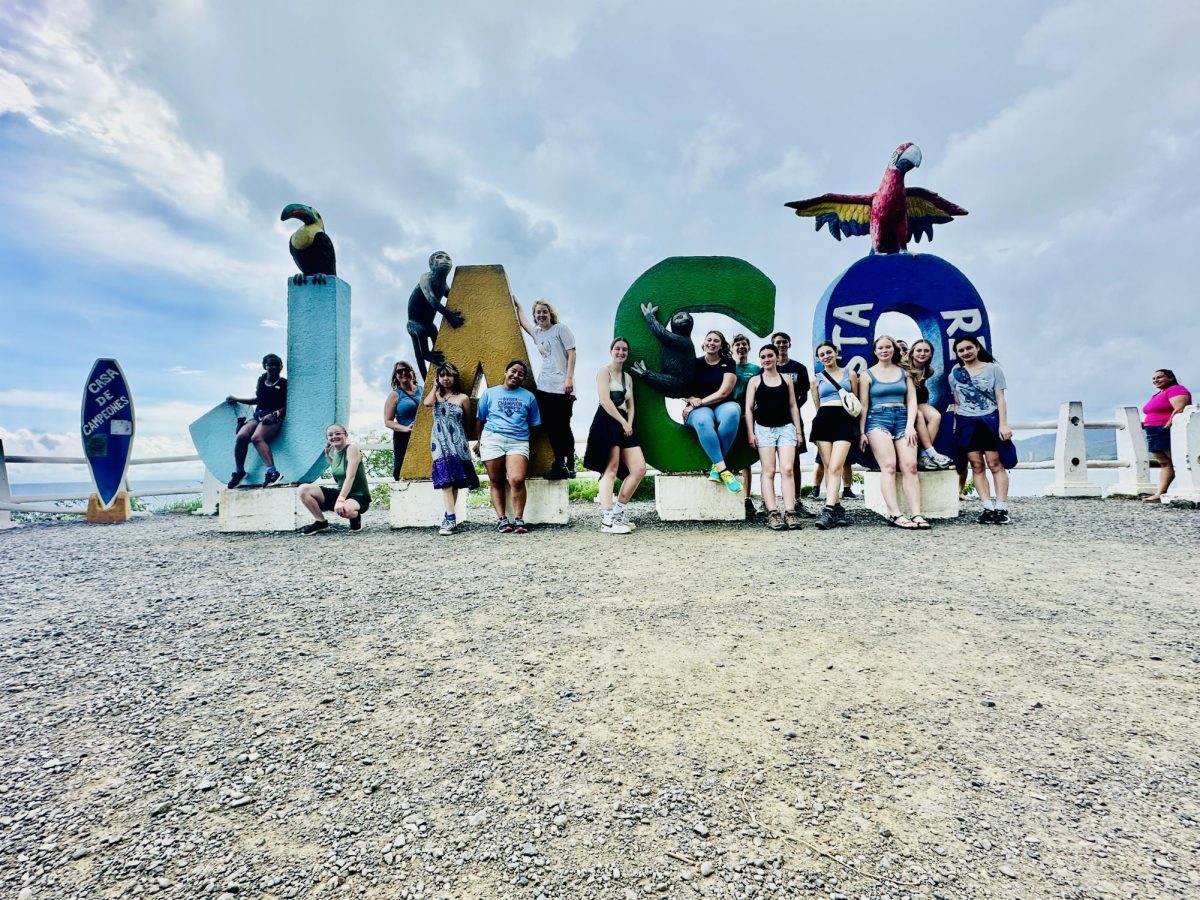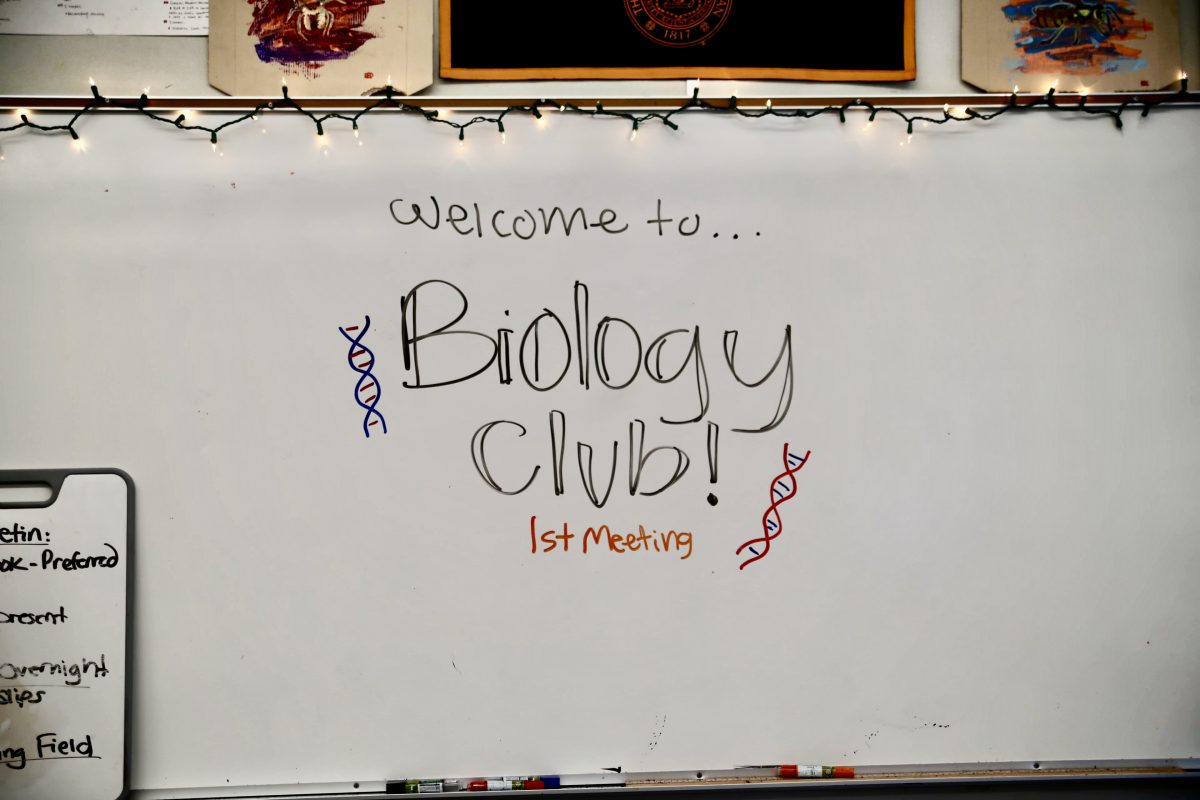Just a short 15-minute walk from CHS, Robert Lavelanet led his sixth block world history class to the Kelsey Museum of Archaeology, located in downtown Ann Arbor.
Lavelanet is in his first year as a full-time teacher at CHS, however he has taken students to the Kelsey Museum in the past, and wanted to continue that tradition with CHS students.
The trip to the museum gave the students a chance to see real artifacts of what they are learning in class.
“I really love trying to bring history alive, so it’s not just things in a textbook,” Lavelanet said. “Artifacts are actual stuff that people once had.”
The students found it very interesting to actually be able to see how people lived so long ago since there are so many similarities between life then and now. Esh Schaden found the rooms that were set up how they looked when in use to be especially intriguing.
“I was really surprised to see a whole room that was recreating a villa from Rome,” Schaden said. “It was really cool to see what they might have seen when they were eating dinner or just walking around their house.”
He also talked about how Roman architecture influences a lot of western architecture, especially when it comes to government buildings.
Courtney Kiley, a CHS science teacher, got to accompany the class on the trip. She found the hieroglyphics to be very intriguing.
“I think it is super cool that the way you read hieroglyphics depends on which way the animals are oriented,” Kiley said.
Lavelanet’s hope is that the students are able to realize that the things they saw at the museum were crucial to the lives of people during the times of ancient civilizations. He wants students to understand that people interacted with the objects that they saw at the museum, and to question who used them, and what they were used for.





